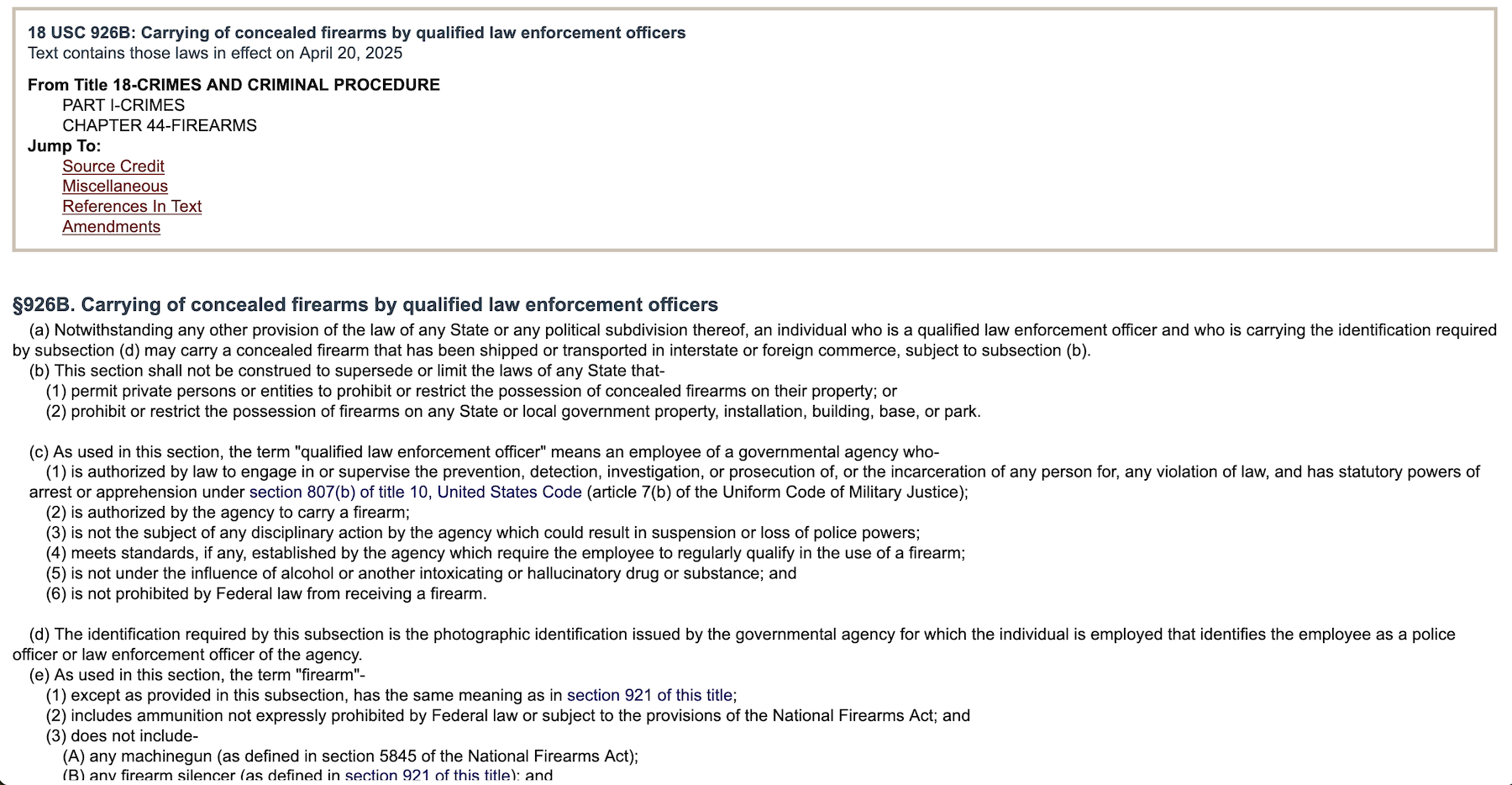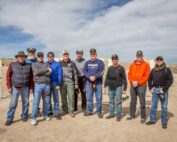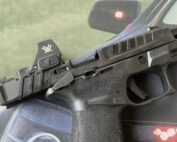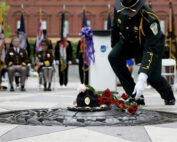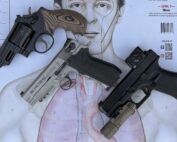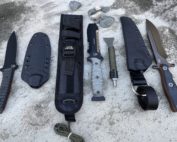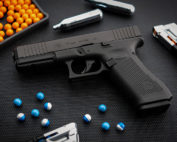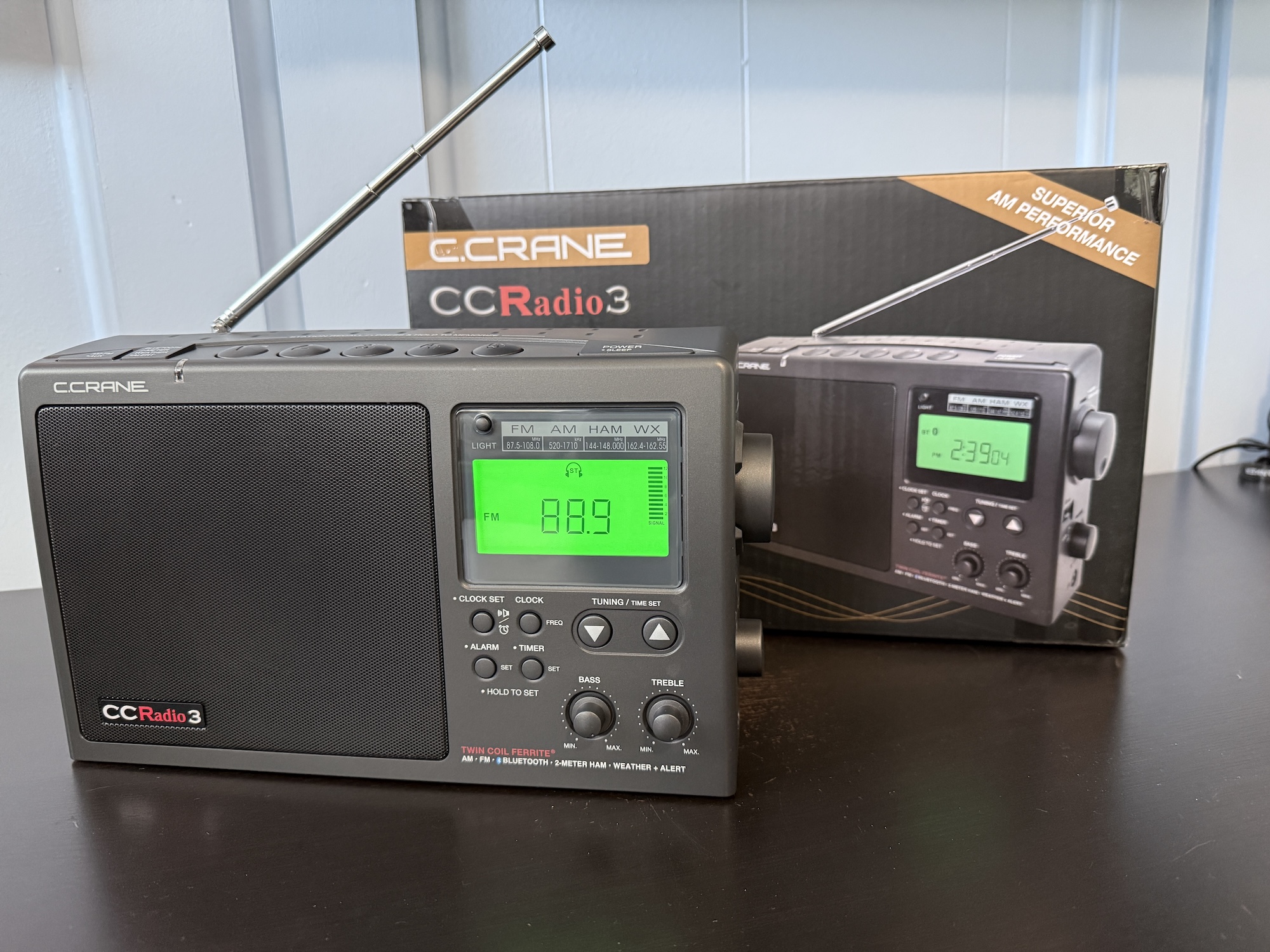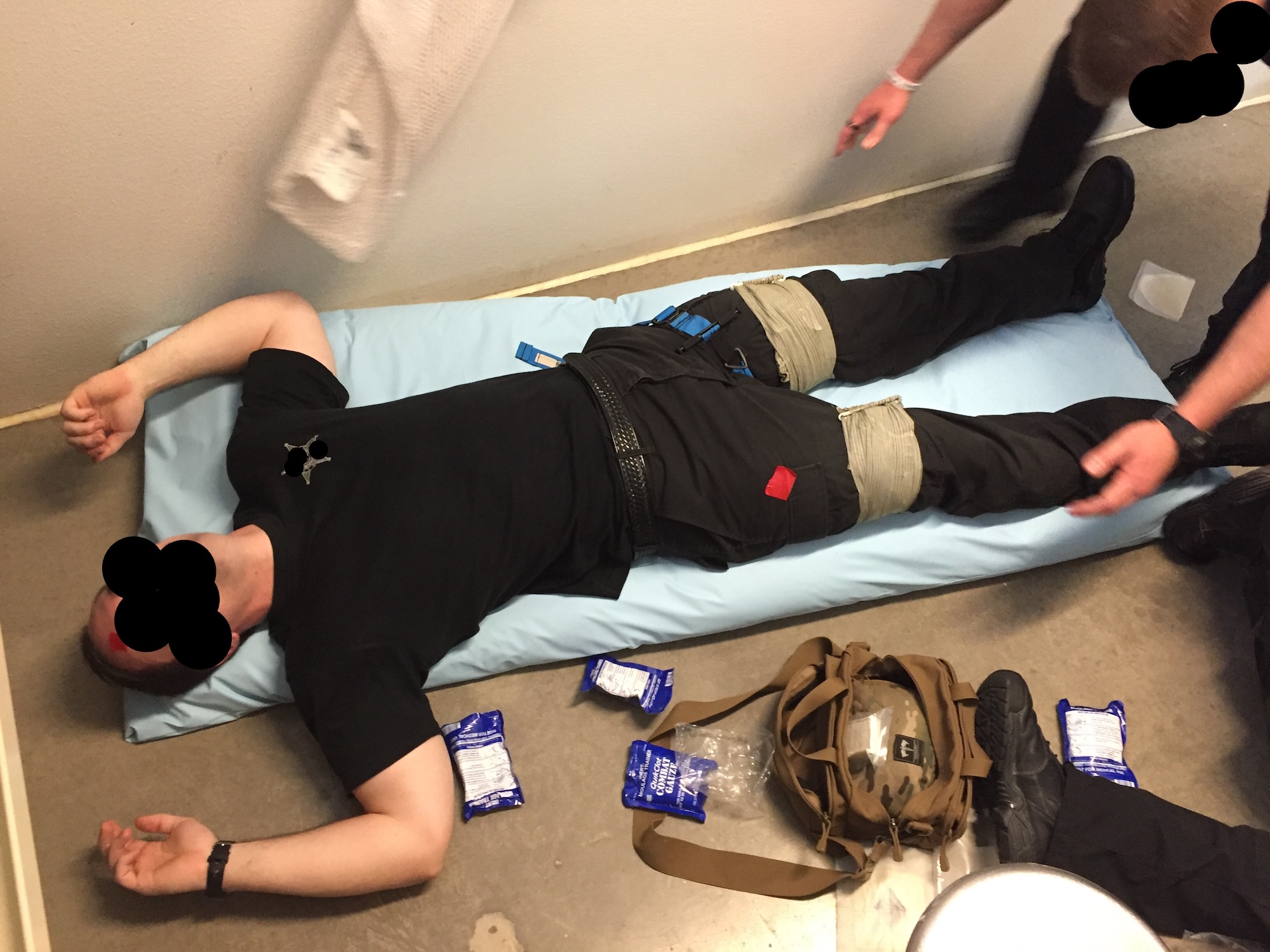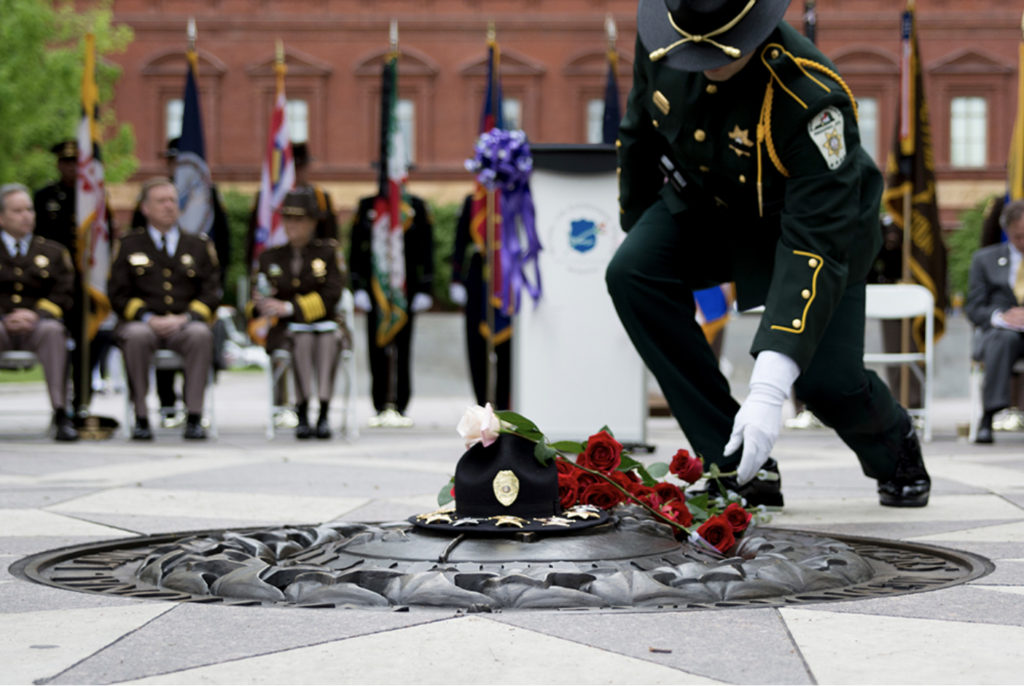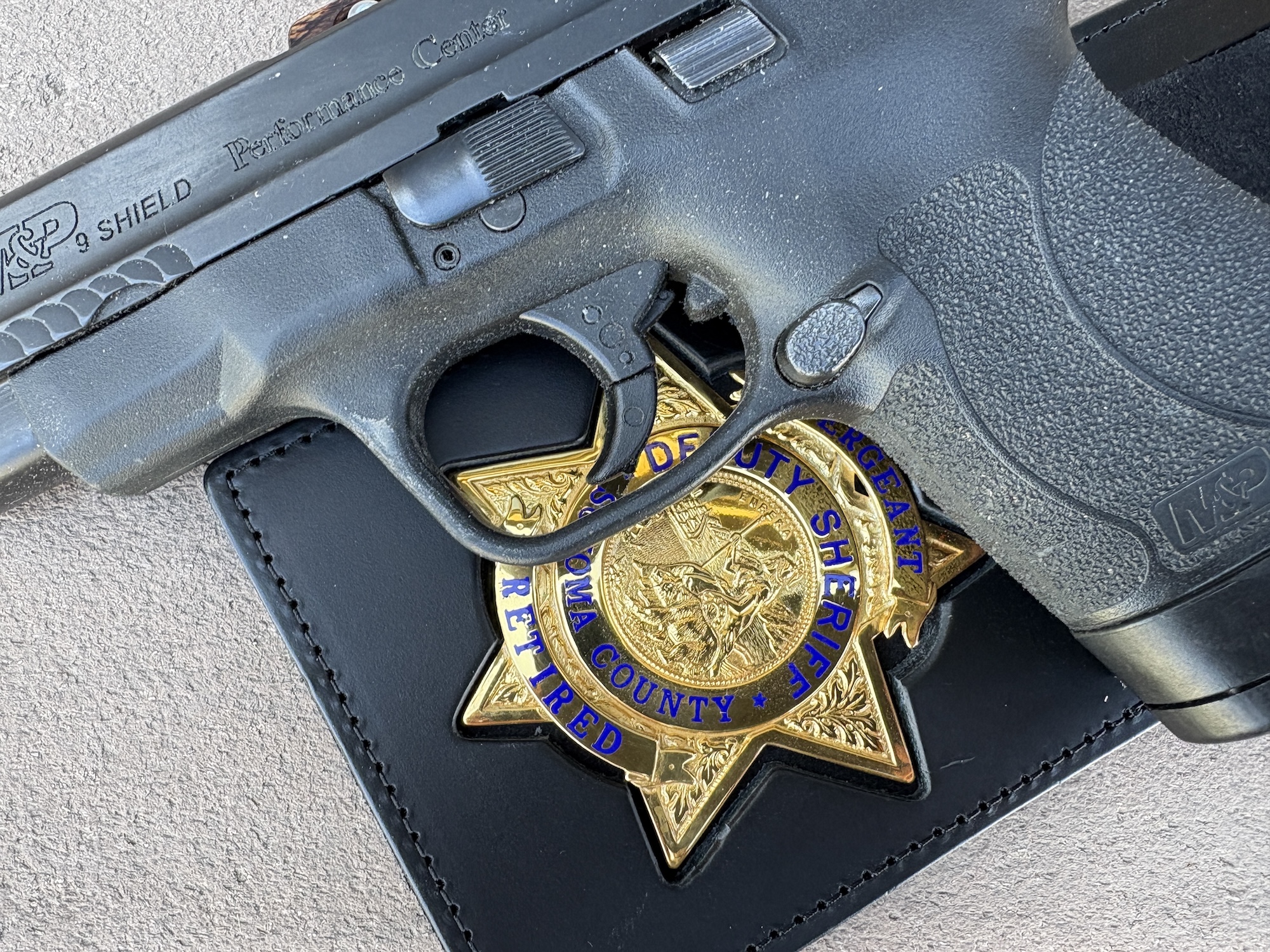
LEOSA_2150
The Law Enforcement Officer’s Safety Act (LEOSA) became law in 2004, as America was still reeling from the deadly 9/11 attacks just a few years before. When the President signed House Resolution 218 (H.R. 218) into law (as 18 U.S.C. Sections 926B and 926C), it was considered to be an important defense against both foreign terrorism and domestic crime.
The LEOSA wasn’t perfect, though. It required congressional fixes in 2010 and 2013 to expand the scope of active and retired officers who were qualified to carry firearms under its umbrella and protect them from overzealous states that wanted to restrict the ammunition they used. On 21 March 2025, Congressman Don Bacon (R-NE-2) introduced H.R. 2243, the LEOSA Reform Act, to repair additional cracks in LEOSA after a similar 2024 effort stalled in the Senate.

Qualified retired law enforcement officers must pass a firearms qualification test every 12 months to maintain their eligibility to carry concealed firearms under LEOSA.
ANOTHER CLEAN-UP
H.R. 2243 seeks to improve LEOSA language on authorized locations for carry, magazine capacity limits, qualification durations, and other issues. Unfortunately, it doesn’t address some ongoing problems relating to qualification requirements for retirees. These requirements have made life difficult for retired law enforcement officers (LEOs) in certain states and deserve a bit more attention as H.R. 2243 is discussed in committee.
STANDARDS
Among other requirements, the LEOSA (18 U.S.C. 926C) allows retired officers to carry firearms nationwide if they have met the following:
. . . the standards for qualification in firearms training for active law enforcement officers, as determined by the former agency of the individual, the state in which the individual resides, or, if the state has not established such standards, either a law enforcement agency within the state in which the individual resides or the standards used by a certified firearms instructor that is qualified to conduct a firearms qualification test for active duty officers within that state.

LEOSA requirements state the firearm used for the qualification must be the same “type” as the concealed firearm, but in this case, “type” refers to the difference between handguns, rifles, and shotguns, not the difference between various types of handguns. So, any handgun may be used for qualification and carry under LEOSA.
At first glance, this seems like a reasonable and flexible standard, but the reality is quite different for many retired officers–particularly those who live in states where the state’s law enforcement certification/standards authority (i.e., POST, CLEET, TCOLE, CJTC, etc.) regulates the qualification standards for officers in the state. In this case, the state regulatory authority often creates a problem for retired officers seeking to complete their annual LEOSA qualification.
THE FLORIDA TRAP
For example, the Florida Department of Law Enforcement, Criminal Justice Standards and Training Commission (FDLE CJSTC) publishes a law enforcement officer firearms qualification standard, which must be met by every active-duty officer in the state. This old CJSTC firearms qualification standard was revised in late 2023 at the recommendation of a workgroup of subject matter experts (SMEs) to include an increased emphasis on movement and faster rates of fire, among other things.
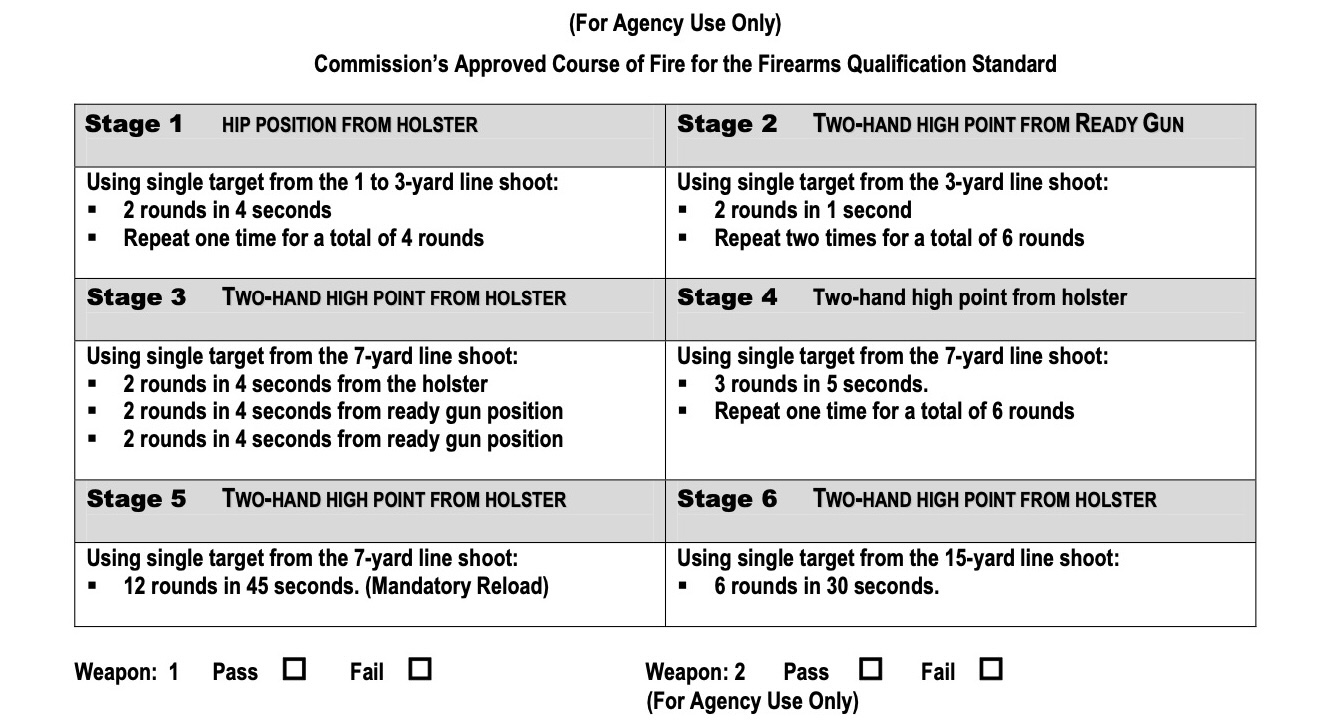
The old Florida CJSTC course of fire could be successfully completed with compact firearms, like a five-shot revolver, because the round counts and times were “revolver-friendly.”
These are admirable and understandable changes for a course of fire used to qualify young, healthy, active-duty officers for the possibility of an on-duty, armed encounter with a criminal. The CJSTC SMEs are to be commended for their hard work in raising the bar for firearms qualification standards for active officers in their state and helping to ensure they will be better prepared for armed confrontations.
The rub, however, is that the new standards for active-duty officers are also being applied to retired officers seeking to qualify for LEOSA carry because it’s the state’s opinion that LEOSA requires them to use these standards when qualifying retired LEOs. The State of Florida’s interpretation of LEOSA is that the law prohibits individual agency standards from being used to qualify retired LEOs because the CJSTC standard supersedes them.
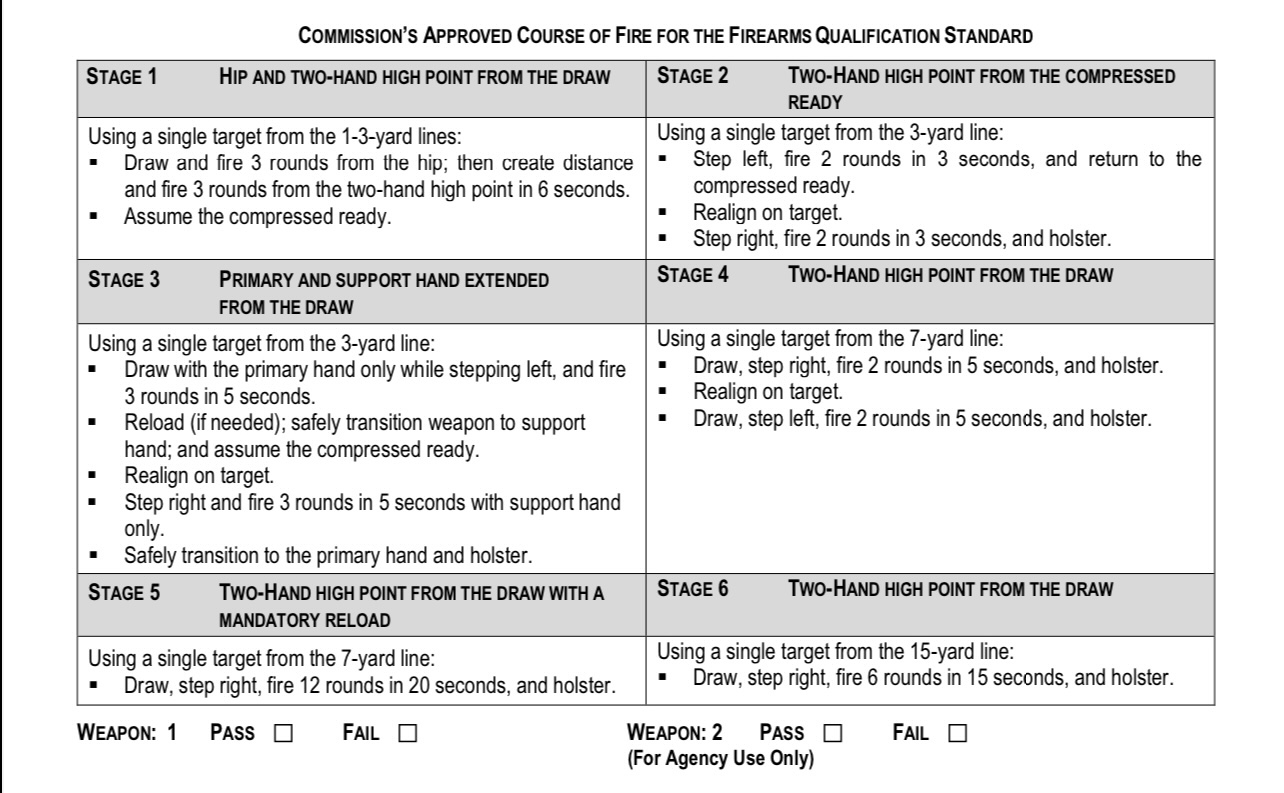
The new FDLE CJSTC course of fire cannot be successfully completed with a five-shot revolver, as the round counts and times are built around semiautomatic firearms with larger capacities. This makes sense for on-duty officers, but isn’t an appropriate standard for off-duty or retired carry.
This is a bureaucratic leap. It’s evident, from the text of 18 U.S.C. 926C, that Congress established a framework where either agency standards or state standards were acceptable options for qualifying retired LEOs, but did not declare that state standards would always take precedence. This is important because a Florida agency that chooses to establish a LEOSA-specific standard for qualifying retirees should be allowed to use that standard under the text and intent of 18 U.S.C. 926C and should not be restricted to using a state standard designed for active-duty officers.
BEING RETIRED
And why would this be necessary? It’s fair to say that the needs and circumstances of retired officers (or even off-duty, active officers, for that matter) are quite different from on-duty, active officers. An on-duty officer must be trained, qualified, and ready to respond to a wide variety of emergencies that retired officers don’t need to consider. A retired officer is primarily concerned with self-protection, not proactive law enforcement. They aren’t equipped with the weapons, armor, communications equipment, uniform, real-time information, and backup that an on-duty officer has. And there is no legal requirement to intervene in situations that are better handled by on-duty officers.

The needs and circumstances of retired officers are different from those of active-duty officers, and the firearms qualification standards used to certify retired LEOs should reflect these differences.
Retired officers are also more likely to be hampered by injuries or disabilities that make it more difficult to intervene and increase the risk of being targeted as potential victims by criminals. These physical limitations can change the nature of armed confrontations for retired officers, and any firearms qualification standard they are expected to meet should reflect that.
Closing Thought for Part 1
This qualification course requires the shooter to perform lots of aggressive movement and shoot high round counts in compressed time periods. It is appropriate for a young, healthy, on-duty officer equipped with a high-capacity duty pistol with spare magazines, expecting to find and engage bad guys. However, it is not appropriate for a potentially disabled retiree carrying a small, lightweight, concealable weapon with the intent of avoiding trouble. These are two entirely different scenarios and require two different standards of qualification.


 (+9 rating, 9 votes)
(+9 rating, 9 votes)